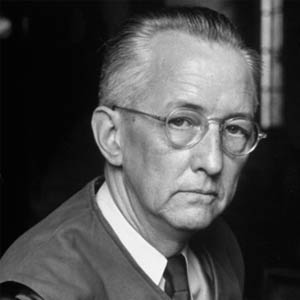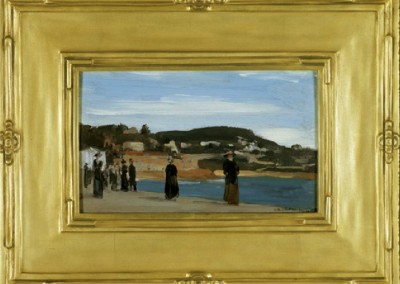CHARLES SHEELER
 American (1883-1965)
American (1883-1965)
Sheeler is recognized as one of the founders of American modernism and one of the master photographers of the 20th century. Born in Philadelphia, he attended the School of Industrial Art in Philadelphia from 1900-1903, and then the Pennsylvania Academy of Fine Arts, where he studied under William Merritt Chase. He found early success as a painter and exhibited at the Macbeth Gallery in 1908. In 1909, he went to Paris, just when the popularity of Cubism was skyrocketing. Returning to the United States, he realized that he would not be able to make a living with Modernist painting. Instead, he took up commercial photography, focusing particularly on architectural subjects. He was a self-taught photographer, learning his trade on a five dollar Brownie. Sheeler owned a farmhouse in Doylestown, Pennsylvania, about 39 miles outside of Philadelphia. He shared it with artist Morton Schamberg. He was so fond of the home’s 19th century stove that he called it his “companion” and made it a subject of his photographs. The farmhouse serves a prominent role in many of his photographs, including shots of the bedroom and kitchen and stairway.. At one point he was quoted as calling it “my cloister.” Sheeler painted using a technique that complemented his photography. He was a self-proclaimed Precisionist, a term that emphasized the linear precision he employed in his depictions. As in his photographic works, his subjects were generally material things such as machinery and structures. He was hired by the Ford Motor Co. to photograph and make paintings of their factories. Sheeler’s work is included in many important collections including the Art Institute of Chicago, the Butler Institute of American Art, the Hirshhorn Museum and Sculpture Garden, and the Museum of Modern Art.

